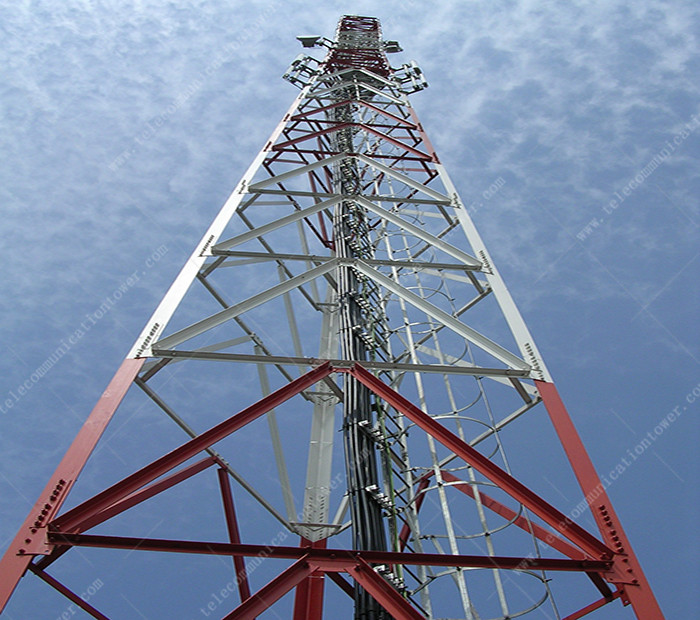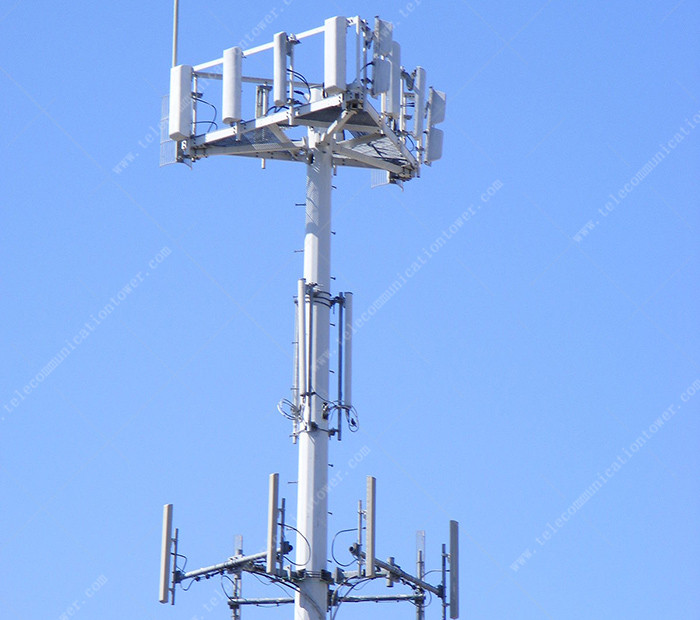Structural steel sheets are strong, machinable and ductile, making them a safe and economical building material and the backbone of steel buildings. In this article, JIAYAO explores what makes structural steel such a beneficial building material, the different types of structural steel, the different types of metal grades and their corresponding properties.
Structural steel is a type of carbon steel that has a wide range of uses. Structural steel has a carbon content of up to 2.1% by weight. The American Society for Testing and Materials (ASTM) sets standards for composition and dimensional tolerances for all structural steel grades.
Steel plates may be used when weight reduction and durability are both critical structural factors. In addition to structural steel plates, structural steel is available in a variety of shapes for a wide range of projects.
Structural steel beams are the foundation for thousands of residential and commercial buildings, lathe frames, bridges and telecommunication towers. Universal or I-beams have a top and a bottom, called flanges (sometimes legs). These flanges are usually tapered. The middle portion of the beam is called the web. The web resists blunt forces, while the flange resists bending.

Of importance to all structures is their potential to absorb energy. Three important mechanical properties that support the broad function of structural steels are
Yield strength is the minimum force required to achieve permanent deformation. Yield strength is determined by tensile testing at the first point on the stress-strain curve that deviates from the scale. Load-bearing steel should have a yield strength greater than 35,000 psi. steel frames and non-load-bearing materials require a minimum yield strength of 33,000 psi.
Tensile strength is referred to as the limit or maximum stress that a material can withstand before permanent failure. Tensile strength has dimensions per unit area of force and is usually expressed in pounds per square inch (psi). 36,000-50,000 psi is considered the normal tensile strength for structural steel, but can reach 58,000-70,000 psi.
Elongation is the degree of elasticity before fracture. The greater the tensile strength of a material, the less it will elongate under stress. Whether the material is bent, stretched or compressed, elongation will be a point between the tensile and yield strengths and expressed as a percentage of its original length.

Professional Manufacturer Offers GSM Communication Monopole Tower
Structural steel buildings require certain constructability considerations. Is the material durable? Sustainable? What happens to materials that are subject to extreme weather conditions? How cost effective and easy to use are the building materials?
Because strength-to-weight ratios indicate how useful a material is for its weight, building use assessments tend to prioritize high-strength-to-weight ratios. Structural steel is not only strong, but also relatively light in weight. It is known for its high strength to low weight ratio, making it easier and cheaper to use than other metals.
Another advantage of structural steel is its good machinability. Freely machined materials require minimal cutting power, can be cut quickly, easily achieve a good finish, and do not wear out tools. Again, this facilitates projects to alleviate economic problems - saving time while minimizing the risk of tool damage and repairs.
A particularly relevant consideration for building construction is ductility. Ductility describes the ability of a material to be stretched or deformed without fracturing. If you want a building to be earthquake ready, you need a material with a properly detailed steel frame and a degree of elasticity that allows it to withstand large deformations before failure (rupture) begins.
Compared to other building materials, structural steel offers a lower initial cost and less risk than other building materials, resulting in greater value for the project. Its ease of use, versatility and strength-to-weight ratio all mean lower costs, which can have a significant impact on overall construction costs.
Please feel free to contact us if you have any questions, we welcome your inquiries!